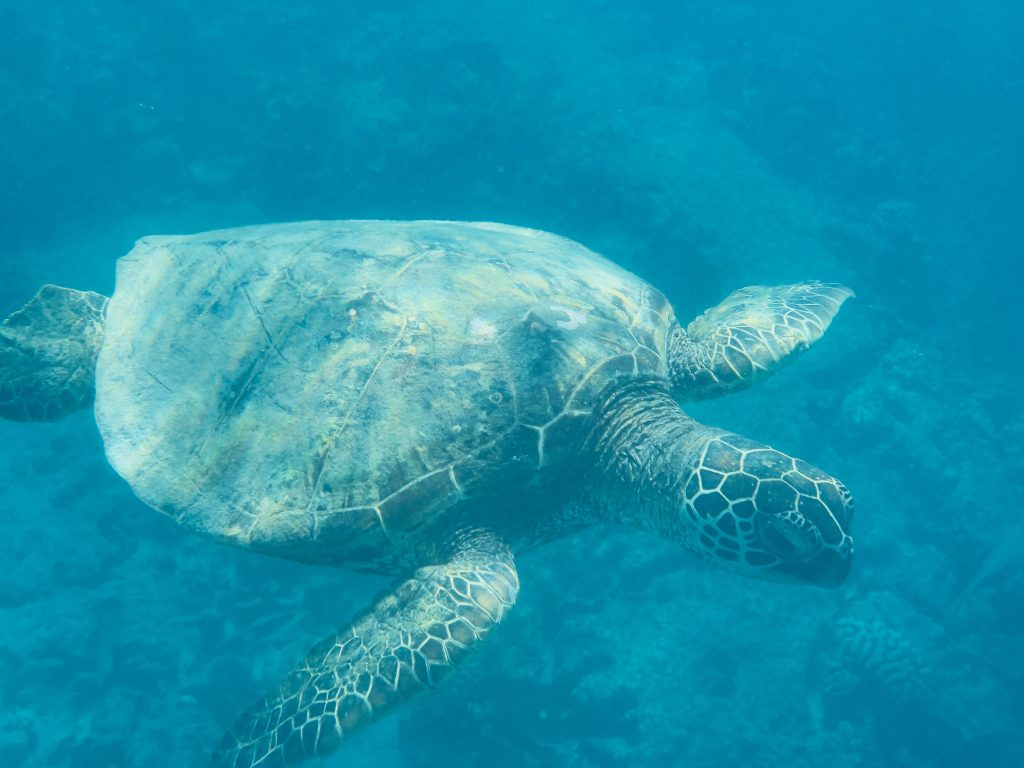The Fellowship of the Ring is the start of an epic saga where a young hobbit finds himself on an adventure. This is a case of the beginning of “The Hero’s Journey,” a classic trope in which the protagonist sets off, sometimes reluctantly, on a quest where she faces challenges before returning back home. It is a cyclical journey, a journey of gaining knowledge – enlightenment, perhaps – and then ending back where it all started. Much like a young Frodo Baggins, I found myself at the beginning of the summer faced with an incredible opportunity to broaden my knowledge of the world. I took hold of it, and saying yes to the fellowship opportunity on the high seas, I had no idea of the experiences and learning in store for me. All I knew was, I was going on an adventure.
And an adventure it was. Beginning with hopping on a plane to Switzerland, to Zooming with a Great Barrier Reef director in Australia, to SCUBA diving the north shore of Oahu, the fellowship took me to places I didn’t know I would visit, literally or virtually. Throughout the summer, I pursued my fellowship by conducting research through key-informant interviews with experts of large-scale marine protected areas (MPAs). My research inquires into the lessons learned from large-scale MPAs to help inform the future establishment of MPAs in the high seas. To narrow down this monumental undertaking, I chose three case studies to focus on: Papahanaumokuakea Marine National Monument (PMNM) in Hawaii, the Great Barrier Reef Marine Park (GBRMP) in Australia, and the Ross Sea MPA (RSMPA) off Antarctica.
As I quickly learned, people are very busy, especially in the summer, but people are also very kind and willing to talk (even if it’s a month later than planned). In an effort to wrangle in some interviews, I decided to take myself to the interviewees by traveling to Oahu. There, I met with two fascinating women who previously worked as superintendent and director of the PMNM. It was also such a personal delight that I got to SCUBA dive through the lava tunnels off Shark’s Cove and meet up with a fellow OCRM student, Garrett Hambaro, to snorkel with sea turtles near Makaha Beach.




Back in Monterey, I set out to writing more emails, conducting more interviews, and transcribing my notes. I got to talk with the wonderful Jon Day, who played a quintessential role in the GBRMP’s zoning plan, and with Lauren Wenzel, who has a wealth of knowledge as the director for NOAA’s MPA Center, among others. The most emphatically expressed lesson-learned so far has been the importance of developing relationships among the co-managers and stakeholders of a MPA. At this point in my research, I am continuing to conduct my remaining interviews and have outlined my report. Along with this report, I will also be producing a one-pager as a condensed version of my findings to communicate easily to policymakers and others. My goal is to have both final products completed by early spring 2024.

What is one of the most useful skills I acquired during this fellowship? The ability to manage time zones. CEST, UTC, PST, HST, GMT+10, you name it. This came especially in handy for co-managing the IUCN WCPA High Seas Specialist Group (HSSG). I found myself in a position, out of chance, circumstance, and that special Hero’s Journey vigor, to grow the HSSG alongside three other experts. What started as an introductory call turned into a full-blown collaboration to redefine and grow the specialist group. At the start, I felt a bit out of my depth, but with each meeting I learned exponentially and acquired the role of Coordinator for the HSSG, gathering people to the table and growing our membership so experts in the field can collaborate on pressing matters of the high seas.
Now just like Frodo, the fellowship has to end. I am right back where I started, school is starting up again soon and I will be in Monterey for the next few months just as I was before. But I have more experience and knowledge now. I have a project to continue pursuing and a final report to compile. Just as the Hero’s Journey cycles back around, I am about to start another journey, and I’m excited to see where this new adventure will take me.












